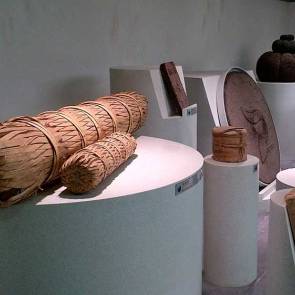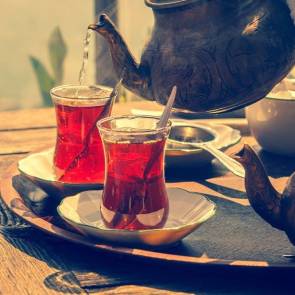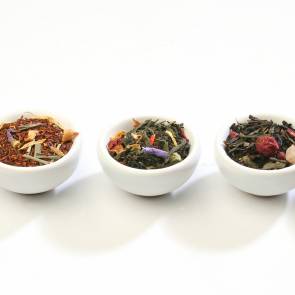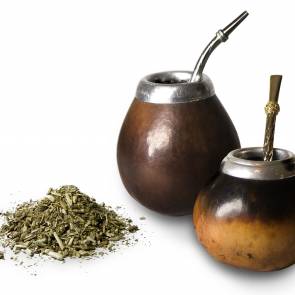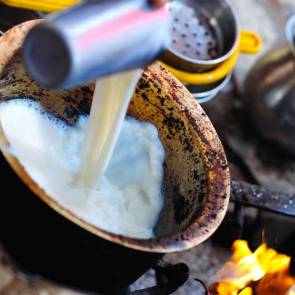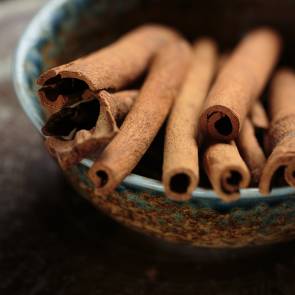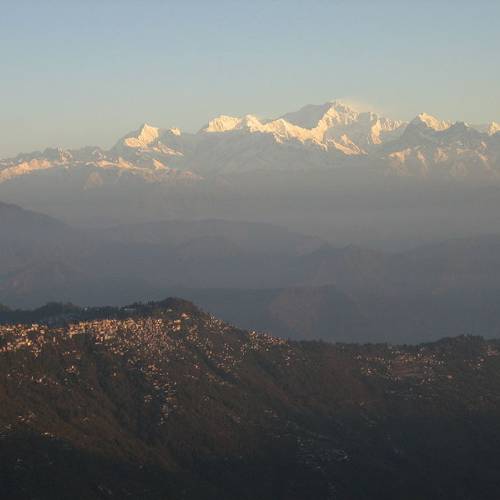
Some people consider good Darjeeling Black tea an experienced unparalleled by any other, and for good reason, too. The particular climatic conditions like altitude, sun, rain and soil have combined to create a very unique black tea beloved the world over.
Darjeeling comes by its unmatched nature honestly. In cultivation in that region of India since 1841, it has had a long time to establish itself as one of the finest regional varieties of black tea today produced in the world. Interestingly, though, the tea actually comes from the small-leaf Chinese species of Camellia Sinensis, the same plant that gives the world most other varieties of white, green, oolong and black teas.
The plant first touched soil in Darjeeling when a British surgeon posted there, Dr. A. Campbell, decided to grow it. Traditionally a black tea, Darjeeling tea gardens have now begun to produce green, oolong, and white varieties. Its growers have also begun creating hybrid varieties and experimenting with different fermentation techniques. Only tea cultivated in the Darjeeling area can bear the name Darjeeling, which of course has only upped the motivation of those living in the region to keep producing this much-acclaimed product.
Perhaps one element of why this tea is so appealing is the weight of history it carries behind it. When people imagine the tea’s origins, they think of exotic misty air and tigers, colorful cultures and long decades of British rule. They are not far off.
It was indeed the British who first floated the idea of cultivating tea in India. In many parts of the country, microclimates were similar to those in China where tea had already been successfully cultivated for thousands of years, and not long afterward, tea seeds were doled out among various regions in India. Mostly they went to hilly places whose growing conditions matched most closely those of tea’s natural ancestral home.
In Darjeeling these experiments succeeded particularly well, and soon wide swaths of this West Bengal state were under extensive cultivation. Black tea was the main product produced from the plants, and under the watchful eyes of those in charge, hybridization and experimentation in this region leapt to the forefront of the tea trade. People loved the results.
Today Darjeeling is a case study in well-made products. Tea is grown on 78 separate estates, all of which have been accorded special status by the Tea Board of India. The growing and manufacture of Darjeeling tea engage over 50 percent of the population in the region and account for the vast majority of its economic wealth. The cool, moist climate, correct altitude, and devotion of the growers all combine to keep this crop happily under cultivation in an area it first touched a century and a half ago.
Today Darjeeling holds just as storied a spot in the tea world as one might imagine, reading this history. As you fix yourself a steaming mug of our classic Darjeeling Black, consider all that it took to get it where it is today.


